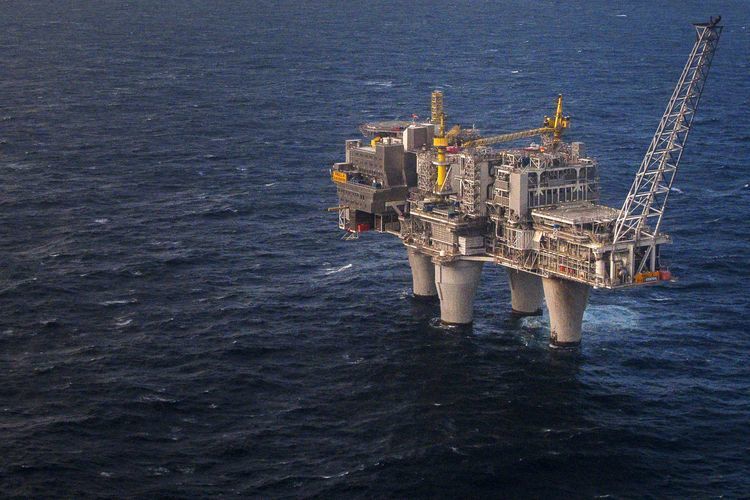
Norway’s biggest bank is done comparing: The downturn in the country’s offshore services market has no precedent.
“No one has seen a worse offshore market than what we’re going through now,” Kristin Holth, head of shipping, offshore and logistics at DNB ASA, said in an interview at the Nor-Shipping conference outside Oslo on Tuesday. “It hasn’t been a regular downturn. In many ways, we’ve seen the collapse of an industry.”
The unexpected and rapid crash in oil prices in 2014 sent shock waves through an industry that was leveraged up for boom times to last. As many as 50,000 jobs have been lost and talks on restructuring debt loads have been dragging on as a prospect for a fast recovery remains fragile.
The severity has made already complicated talks even more demanding because of the uncertainty surrounding the timing of recovery and the return to healthier earnings, Holth said. Borrowers have grown larger, their finances more complex, their debt burden heavier and the number of stakeholders higher than in the latest comparable crisis, she said.
“Finding solutions has been very, very challenging,” Holth said. “It’s been a surprise to many that it has taken so much time.”
One of the most striking examples is Seadrill Ltd., the offshore-rig operator controlled by billionaire John Fredriksen, which has been in restructuring talks for well over a year. The company has more than 40 banks, including DNB, and the heaviest debt load among peers.
Holth declined to comment on the process at Seadrill, which said last week it had received a fresh proposal from investors and is getting closer to a restructuring solution.
DNB’s Shipping, Offshore and Logistics unit had so-called exposure at default of 174 billion kroner ($21 billion) at the end of the first quarter.
“We hope one of the lessons learned will be that the industry needs to be more robust,” she said. “The gearing and leverage has been very high.”
Recommended for you
